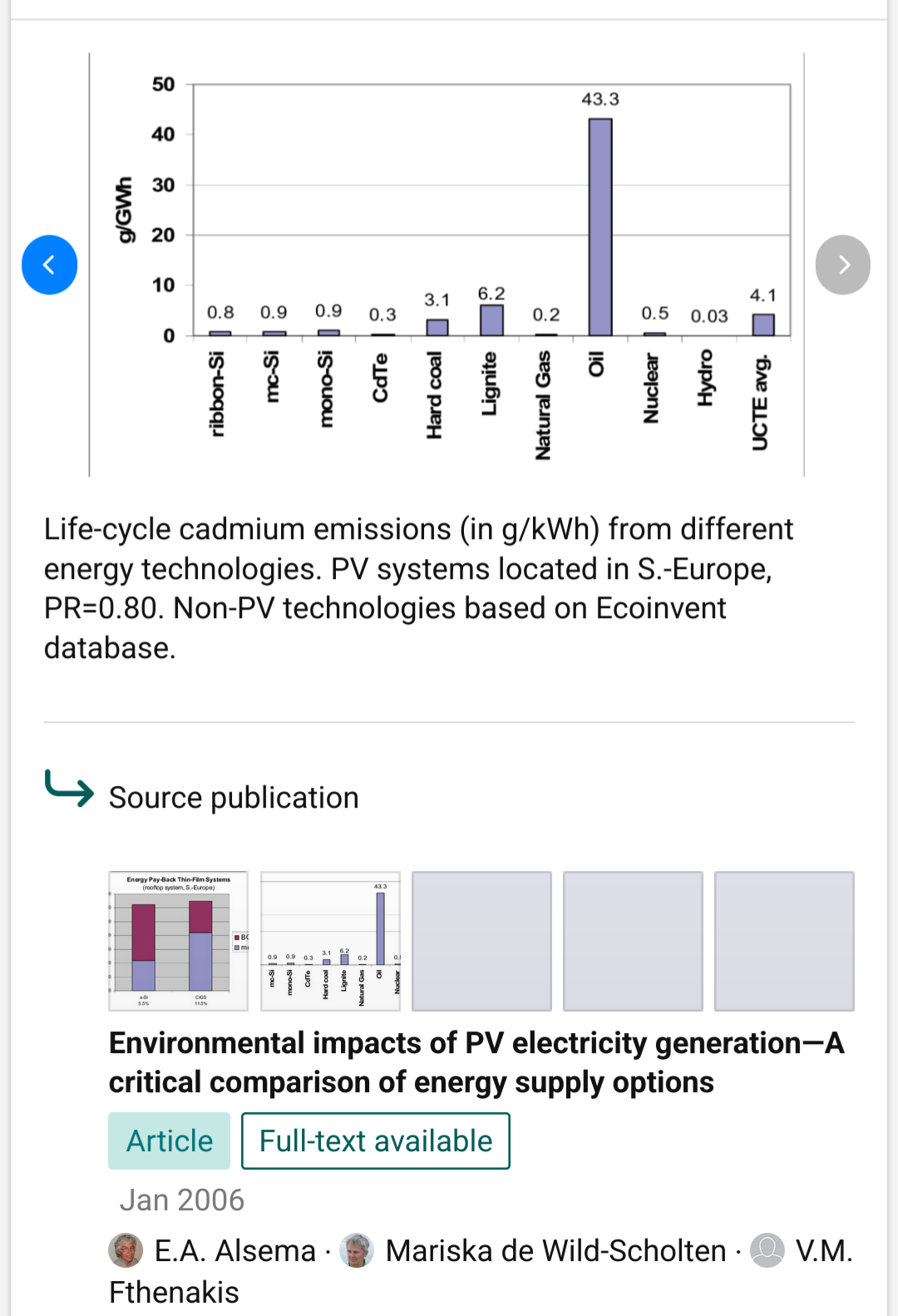I have a solar panel that died. A piece or plywood flung by a storm went right through it, leaving a 30 cm "wound".
Well, to be honest, it's alive, just weaker - the panel remains suitable for pumping water on the field during muddy season. I wouldn't take a good panel to such a bad place, but this panel, I have no worries about.
As for what happens when they really, really die - they get disassembled. The aluminum frame gets taken off and goes into metal recycling. Junction boxes go to where plastic goes - not a nice place. The glass and doped silicon go into a crushing mill, after which they get separated. The glass is easy to recycle, but the doped silicon is difficult to refine again to such a purity, so it likely won't become a solar panel. But it's a very small fraction of the panel's mass.





